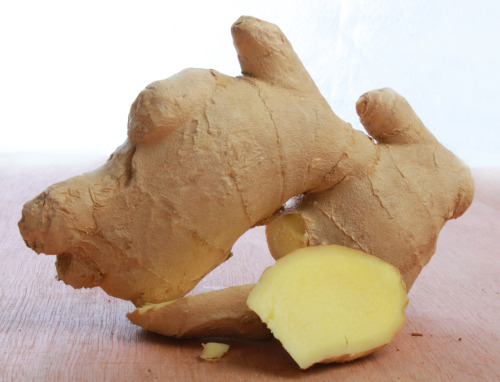Myletithings - Insalata

More Posts from Myletithings and Others


When many individual organisms, like locusts, bacteria, anchovies, or bats, come together and move as one coordinated entity, that’s a swarm. From a handful of birds to billions of insects, swarms can be almost any size. Gigantic swarms can host millions of insects and travel thousands of miles, devastating vegetation and crops. They stay close to each other, but not too close, or they might get eaten by their hungry neighbors.
What all swarms have in common is that there’s no leader. Members of the swarm interact only with their nearest neighbors or through indirect cues. Each individual follows simple rules: Travel in the same direction as those around you, stay close, and avoid collisions. There are many benefits to traveling in a group like this. Small prey may fool predators by assembling into a swarm that looks like a much bigger organism. And congregating in a large group reduces the chance that any single individual will be captured. Moving in the same direction as your neighbors saves energy by sharing the effort of fighting wind or water resistance. It may even be easier to find a mate in a swarm. Swarming can also allow groups of animals to accomplish tasks they couldn’t do individually. When hundreds or millions or organisms follow the same simple rules, sophisticated behavior called swarm intelligence may arise.
From the TED-Ed Lesson Why do animals form swarms? - Maria R. D'Orsogna
Animation by Matt Reynolds

Flavor of the Month: Ginger
One rhizome, many tastes.
Fresh ginger gets its pungency and aroma from the flavor compound, gingerol. Chemically altering gingerol ends up tweaking ginger’s flavor profile, which helps give ginger its flavor versatility.
Heating a ginger rhizome causes gingerol to undergo a reverse aldol reaction, transforming it to zingerone, a molecule that is completely absent in fresh ginger. Like gingerol, zingerone is responsible for the pungency of cooked ginger, but it also lends a sweeter note to the flavor.
Drying a piece of ginger triggers a dehydration reaction, changing gingerol to shogaol. Shogaol is twice as spicy as gingerol. Read more…
Photo Credit: Jim Lightfoot (112095551@N02/Flickr)


Passo San Pellegrino. #sole e # neve
"She will take it back some day." -Pink Floyd













| via Tumblr na We Heart It.
Mi tratti male

The Charlie Brown and Snoopy Show (1983)

Lucy Lucy...#disolitocosìnonsifà

Alba o tramonto?

